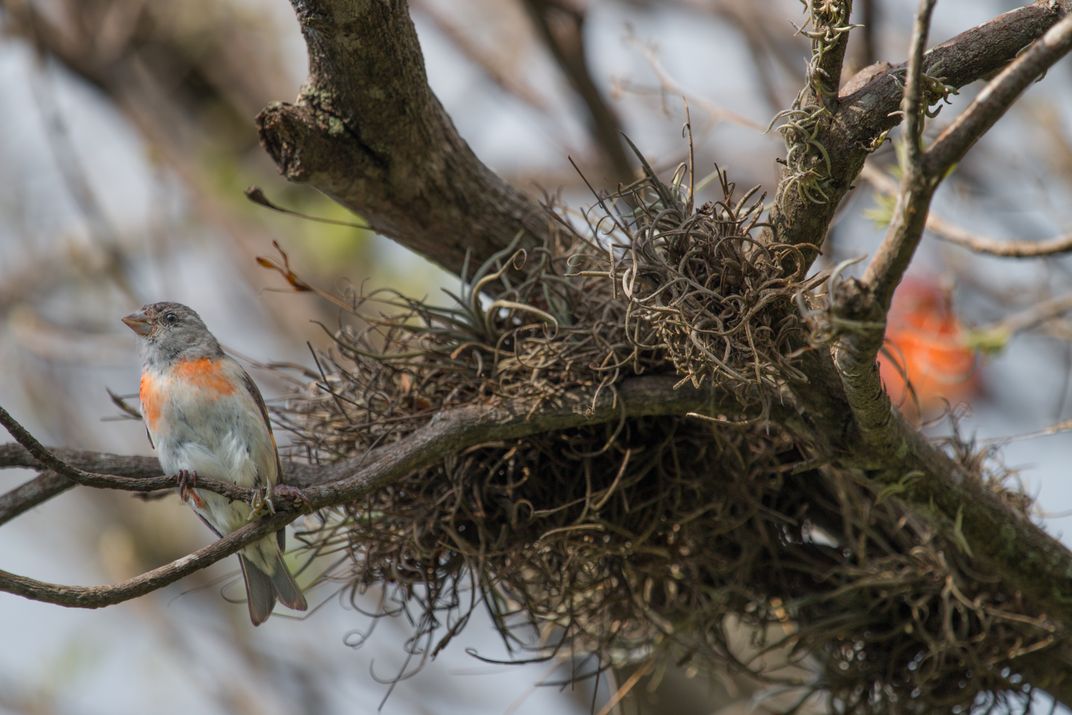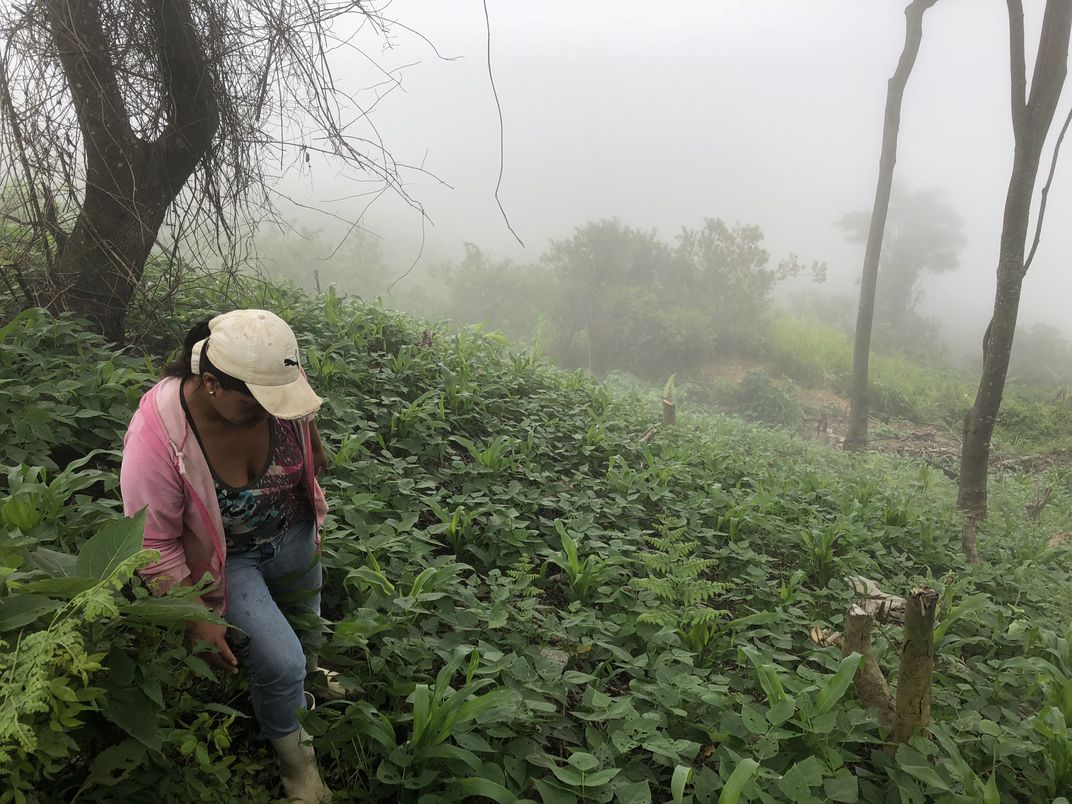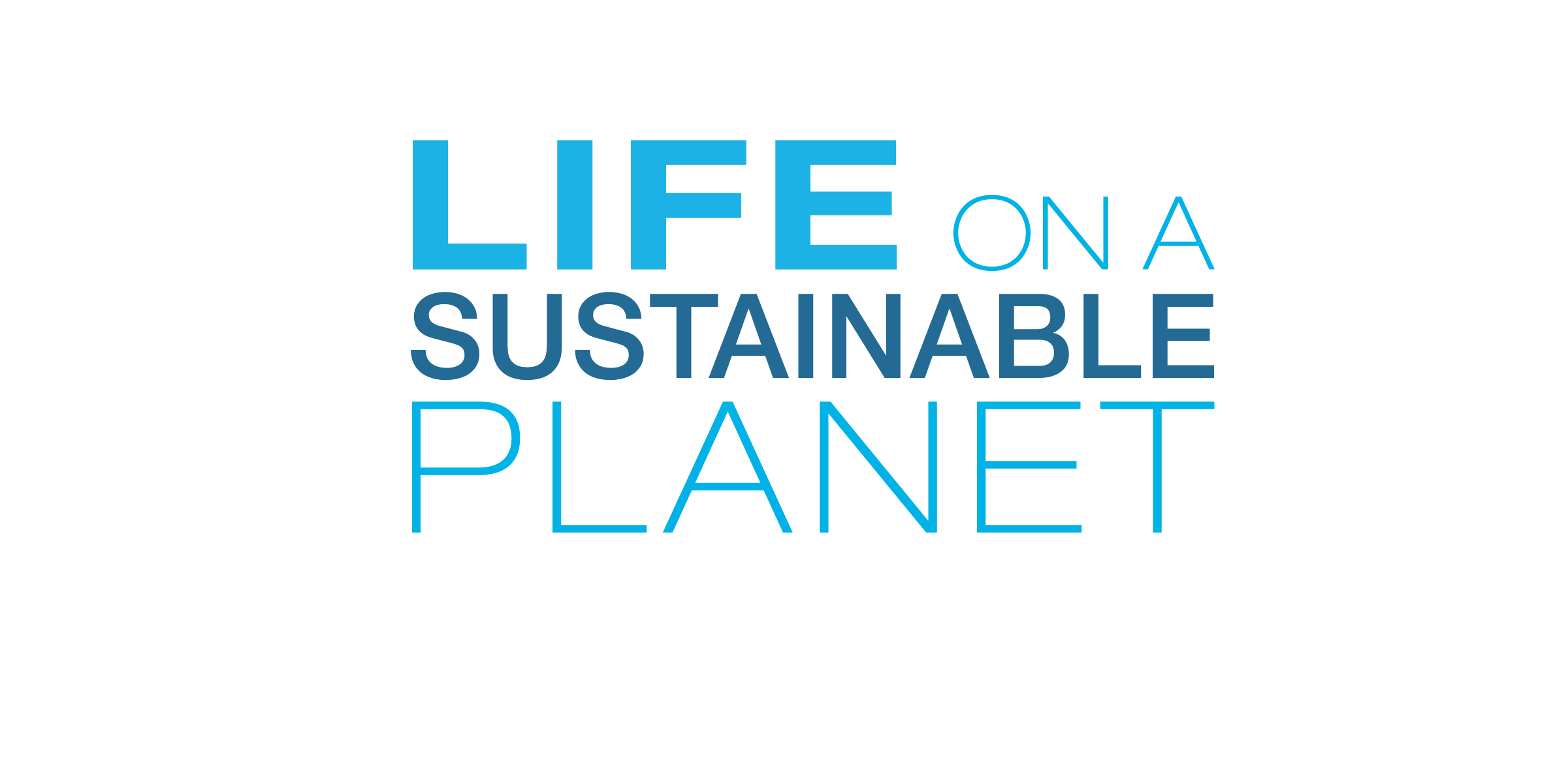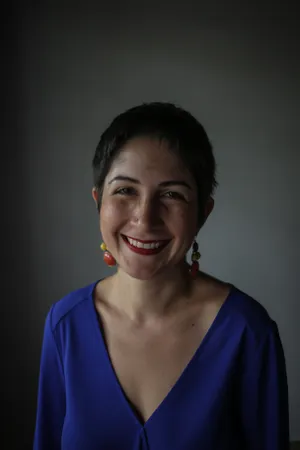Coffee and Chocolate Could Help Preserve Endangered Birds in Venezuela
The Smithsonian Institution and Piedra de Cachimbo coffee farmers in northern Venezuela are committing to the conservation of 400 hectares of forest for traditional shade-grown organic coffee, seeking Smithsonian Bird Friendly certification of their beans. This will help protect the habitat of the red siskin, an endangered red and black finch.
/https://tf-cmsv2-smithsonianmag-media.s3.amazonaws.com/blogging/featured/Jhonathan_Miranda3.jpg)
In Venezuela, the red siskin (Spinus cucullatus), a vibrantly colored red and black finch, is inextricably linked with the country’s identity. The cardenalito, as it is known in Spanish, is present in poems, paintings, names of streets and sports teams and even graces the back of the 100,000 Bolivar bill. Despite its presence in the collective imagination of Venezuelans, it is now rare in its natural habitat. To help reverse this trend, the Smithsonian Institution and Piedra de Cachimbo coffee farmers in northern Venezuela stepped in.
With support from the Neotropical Migratory Bird Conservation Act, farmers are committing to the conservation of 400 hectares of forest for traditional shade-grown organic coffee, seeking Smithsonian Bird Friendly certification of their beans. This approach is part of the Red Siskin Initiative (RSI), an international consortium in which the Smithsonian Institution collaborates closely with Provita, a local NGO focused on the preservation of biodiversity in Venezuela, and other partners.
This will protect the siskin’s natural habitat and increase their profits. As part of the process, they have established relationships with roasters and retailers in Caracas. Their plan, which will also protect other native birds and migrants, is embedded in the Smithsonian Conservation Commons, an action network within the Smithsonian Institution highlighting the relevance of science and innovative interdisciplinary approaches to on-the-ground conservation.
“Farm workers can help us monitor the birds, which is a big advantage. Some of these farms also border protected areas like national parks, creating a wildlife corridor,” said Brian Coyle, RSI Project Coordinator and Conservation Commons program manager at the Smithsonian.
In addition to coffee, the project aims to include another agroforestry crop: cacao. The Bird Friendly certification standards for cacao are currently being developed by the Smithsonian Migratory Bird Center, which created the Bird Friendly program based on decades of scientific research. Currently, the RSI is producing a red siskin branded chocolate bar made from organically sourced cacao. The profits go back to farmers, research and RSI conservation efforts.
This initiative has also achieved a better understanding of illegal bird trafficking networks, which will allow for more focused preventive actions, based on research led by Ada Sanchez-Mercado at Provita and Kate Rodriguez-Clark at the Smithsonian’s National Zoological Park. One proposed solution is to supply enough captive-bred birds to fulfill the demand, an approach that proved effective with other bird species. For this, the RSI partners with private breeders in the United States and Australia, who help figure out how to best breed the red siskin in captivity.
“We could lose the red siskin in 10 years if we do nothing about it,” said Miguel Arvelo, RSI coordinator for Venezuela and conservationist at Provita. “If we lose this bird, we will have lost part of what it means to be Venezuelan.”
Additional components of the RSI include genetics, animal husbandry, health and breeding research at the Smithsonian’s National Museum of Natural History, SCBI and the National Zoo.
“In 20 or 30 years we envision a flock of dozens of beautiful red birds flying against the bright blue sky. It would be inspiring for the people in Venezuela and elsewhere, knowing that conservation does work and getting their support for more of it. Conservation can’t succeed if the community doesn’t get behind it,” said Coyle.
The Conservation Commons is an action network within the Smithsonian Institution (SI), highlighting the relevance of science and innovative interdisciplinary approaches across science and culture to on-the-ground conservation worldwide.



